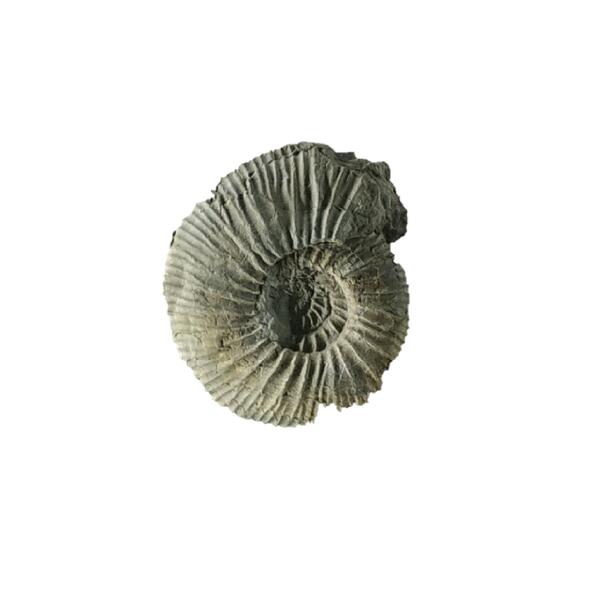The collection of the Volgograd Regional Museum of Local History includes several ammonite shells as well as their fossils in the rock. Most of them were found in the Saratov Region and belong to the Mesozoic era.
The exhibit dates back to the previous period — the Paleozoic. Ammonites are extinct cephalopod mollusks, which had unusual outer shells and were named after the ancient Egyptian deity Amon.
Most commonly, the word “ammonites” refers to all members of the Ammonoidea subclass of the Cephalopoda molluscan class. Ammonites evolved from all other cephalopod groups and developed features that allowed them to flourish for more than 300 million years.
Like all cephalopods, they lived only in seas with adequate salinity, never inhabiting freshwater or river mouths. Most of them had a spiral-twisted shell, consisting of several whorls that lay in the same plane. At the same time, so-called heteromorphs — ammonites with unfolded, twisted, stick-like or hook-shaped shells — repeatedly appeared.
The diversity of shell shapes leads to the assumption that cephalopods lived at different depths, swam at different speeds, and occupied different environmental niches. The diameter of the largest shells was close to two meters, but for some species the normal diameter was 50-60 centimeters.
According to the scientists’ study, ammonites are more closely related to octopuses and squids than to nautiluses. Scientists assume that those mollusks had 10 well-developed tentacles, as well as more complex eyes compared to the nautiluses.
Ammonites are called “index fossils”, their remnants help paleontologists separate sediment layers. Because of their unusual shape, they have been attributed magical properties. The ammonite shell was considered a symbol of family happiness, wealth and prosperity, and infinity. Both Greeks and Egyptians, used to put a shell at the headboard at night and believed that they would see a good dream the next night.
The exhibit dates back to the previous period — the Paleozoic. Ammonites are extinct cephalopod mollusks, which had unusual outer shells and were named after the ancient Egyptian deity Amon.
Most commonly, the word “ammonites” refers to all members of the Ammonoidea subclass of the Cephalopoda molluscan class. Ammonites evolved from all other cephalopod groups and developed features that allowed them to flourish for more than 300 million years.
Like all cephalopods, they lived only in seas with adequate salinity, never inhabiting freshwater or river mouths. Most of them had a spiral-twisted shell, consisting of several whorls that lay in the same plane. At the same time, so-called heteromorphs — ammonites with unfolded, twisted, stick-like or hook-shaped shells — repeatedly appeared.
The diversity of shell shapes leads to the assumption that cephalopods lived at different depths, swam at different speeds, and occupied different environmental niches. The diameter of the largest shells was close to two meters, but for some species the normal diameter was 50-60 centimeters.
According to the scientists’ study, ammonites are more closely related to octopuses and squids than to nautiluses. Scientists assume that those mollusks had 10 well-developed tentacles, as well as more complex eyes compared to the nautiluses.
Ammonites are called “index fossils”, their remnants help paleontologists separate sediment layers. Because of their unusual shape, they have been attributed magical properties. The ammonite shell was considered a symbol of family happiness, wealth and prosperity, and infinity. Both Greeks and Egyptians, used to put a shell at the headboard at night and believed that they would see a good dream the next night.



